According to Global Electricity Review, a report released this week by Ember energy think tank – which presents 2022 electricity data in 78 countries – the Brazil experienced the world's largest absolute drop in emissions from the energy sector in 2022.
O Brazilian energy sector emitted 69 million tons of CO2 last year, a drop of 34% (-36 MtCO2) compared to 2021, when it emitted 105 million tons. Ukraine saw the second largest decline in emissions (-14 MtCO2) and a comparable percentage decline (-38%).
According to the study, the Brazil's emissions reduction was mainly due to a increase from one year to the next in hydroelectric generation due to high rainfall (+65 TWh, +18%).
Hydroelectric generation in 2021 (363 TWh) was at its lowest level since 2015, while in 2022 it reached the highest level since 2011 (428 TWh). Furthermore, they pointed out that wind energy (+8.5 TWh, +12%) and solar energy (+5 TWh, +30%) both showed good growth last year compared to 2021.
This led, in this case, to a drop in energy generated by fossil fuels, notably a reduction of 46% in gas (-42 TWh). The drop in emissions comes after 2021, when there was a historic record for emissions from the Brazilian electricity sector due to poor hydroelectric conditions and greater electricity demand.
Untapped potential of solar in Brazil
The swing from high emissions in dry years to low emissions during wet years can be avoided by using more wind and sunshine. Researchers found that by covering just 1% of Brazil's hydropower plants with floating solar, Brazil could meet 12% of its electricity needs.
The technology would also reduce evaporation and maximize hydroelectricity generation. Instead, the country invested heavily in gas-fired power plants, with contracts that required this energy to be contracted even during years of abundant hydroelectric generation.
According to data from the ONS (National Electric System Operator), 3% of the country's electricity came from solar energy in 2022. In 2022, Brazil generated 89% of its electricity from clean sources, which also includes 63% from hydroelectric energy and 12% of wind power. Fossil fuels represented 11% of Brazilian generation last year, with the majority being observed in gas (7%).
“Brazil’s growing wind and solar capacity is already providing substantial electricity to the grid,” said Małgorzata Wiatros-Motyka, senior electricity analyst at Ember.
“As they continue to grow, these technologies will help not only reduce emissions from the electricity sector, but also drive economy-wide emissions cuts through the electrification of other sectors. The global gas crisis in 2022 has made it clear that expensive fossil fuels cannot be trusted for short- or long-term energy security,” he emphasized.
'We need to prioritize renewable sources'
Felipe Barcellos e Silva, researcher at IEMA (Institute of Energy and Environment) and SEEG (Greenhouse Gas Emissions and Removals Estimation System), commented that, if analyzed in isolation, emissions from the Brazilian electricity sector in 2021 and 2022 could generate very different conclusions.
“In 2021, the amount of carbon emitted was one of the highest recorded, which seems like a setback. In 2022, these emissions fell sharply, which appears to be a leap towards the transition”, he reported.
In his view, this up and down occurred due to large variations in Brazil's hydrological regime, influencing hydroelectric generation, the most important source of energy in the country.
“To overcome this seesaw, which could happen again in the future, it is necessary to assertively prioritize which sources will complement hydroelectricity. There has been a certain focus on gas, which ends up taking up the space of wind and solar plants,” he said.
Therefore, in order to reduce such emissions in a sustained manner, the expert highlighted that Brazil needs to reverse this gas trend, and structure the system to activate thermoelectric plants only as a last resort.
Solar and wind record record in 2022
The report also emphasized that solar and wind sources will reach a record 12% of global electricity in 2022, up from 10% in 2021. Across South America, Uruguay (36%) and Chile (28%) have the largest shares.
The data revealed that more than 60 countries currently generate more than 10% of their electricity from wind and solar energy, including Brazil (15%) and Argentina (12%).
Furthermore, they highlighted that solar was the fastest growing source of electricity in the world for the eighteenth year in a row, increasing 24% from one year to the next and adding enough electricity to power all of South Africa. Wind generation increased by 17% in 2022, enough to power almost the entire UK.
“The stage is set for wind and solar to achieve a meteoric rise to the top. Clean electricity will reshape the global economy, from transportation to industry and beyond,” said Wiatros-Motyka.
“A new era of falling fossil emissions means coal power will phase out, and the end of gas power growth is now in sight. Change is coming quickly, however, everything depends on the actions taken now by governments, companies and citizens to put the world on a path to clean energy by 2040”, highlighted the executive.
Global electricity production data
|
2022 |
2021 |
Year-on-year change |
|
|
Share in the electricity mix, % (Generation, terawatt hours) |
Change in generation, terawatt hours (as a percentage) |
||
|
Solar |
4.5% (1,284 TWh) |
3.7% (1.039 TWh) |
+245 TWh (+24%) |
|
Wind |
7.6% (2,160 TWh) |
6.6% (1,848 TWh) |
+312 TWh (+17%) |
|
Hydro |
15% (4,311 TWh) |
15% (4,238 TWh) |
+73 TWh (+1.7%) |
|
Coal |
36% (10,186 TWh) |
36% (10.078 TWh) |
+108 TWh (+1.1%) |
|
Gas |
22% (6,336 TWh) |
23% (6,348 TWh) |
-12 TWh (-0.2%) |
|
Nuclear |
9.2% (2,611 TWh) |
9.9% (2,739 TWh) |
-129 TWh (-4.7%) |
|
Bioenergy |
2.4% (672 TWh) |
2.4% (666 TWh) |
+5.5 TWh (+0.8%) |
|
Electricity demand |
28,510 TWh |
27,816 TWh |
+694 TWh (+2.5%) |
Global emissions from the electricity sector have reached a peak
The Ember study also predicts that last year could be the “peak” of electricity emissions and the last year of growth in fossil energy, with clean energy meeting all demand growth in 2023.
As a result, there would be a small drop in fossil energy generation (-0.3%) in 2023, with larger drops in subsequent years as wind and solar deployment accelerates. “In this climate-decisive decade, it is the beginning of the end of the fossil era. We are entering the era of clean energy”, concluded the senior analyst.
Despite the global gas crisis and fears of a return to coal, the rise of wind and solar has limited the expansion of global coal generation, which increased by 1.1% in 2022.
Global gas power generation fell very slightly (-0.2%) in 2022. Overall, this still meant that global emissions from the power sector increased by 1.3% in 2022, reaching an all-time high.
According to IEA (International Energy Agency) modeling, the electricity sector needs to move from being the highest emission segment to being the first to reach net zero by 2040, in order to achieve net zero across the economy by 2050. This would mean that solar and wind sources would account for 41% of global electricity by 2030, compared to 12% in 2022.



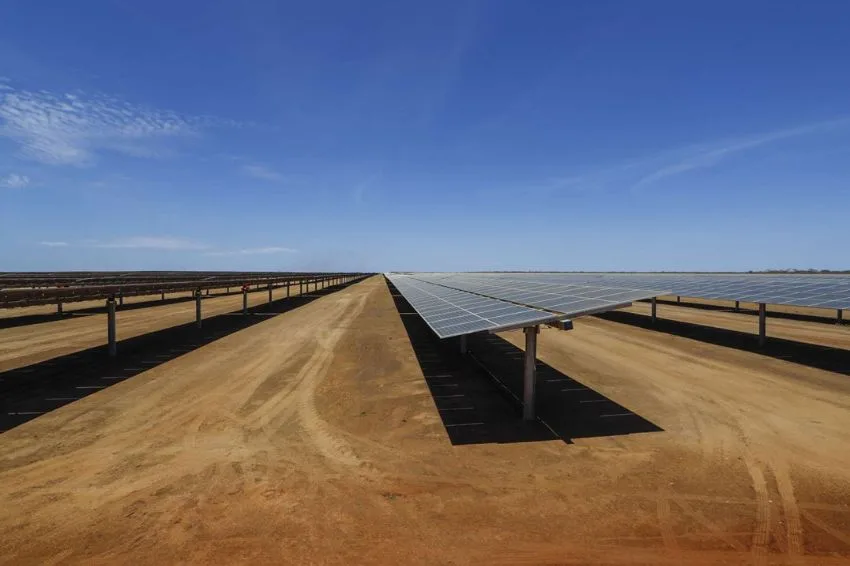
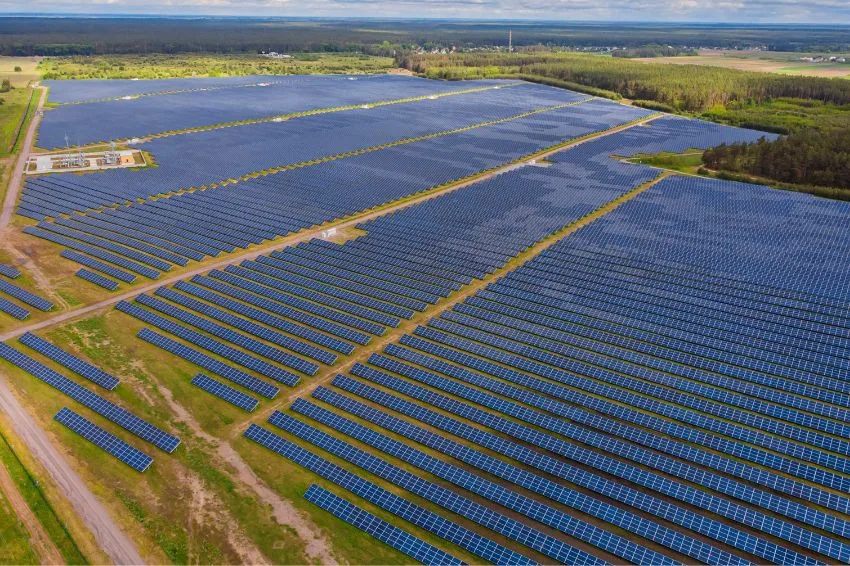
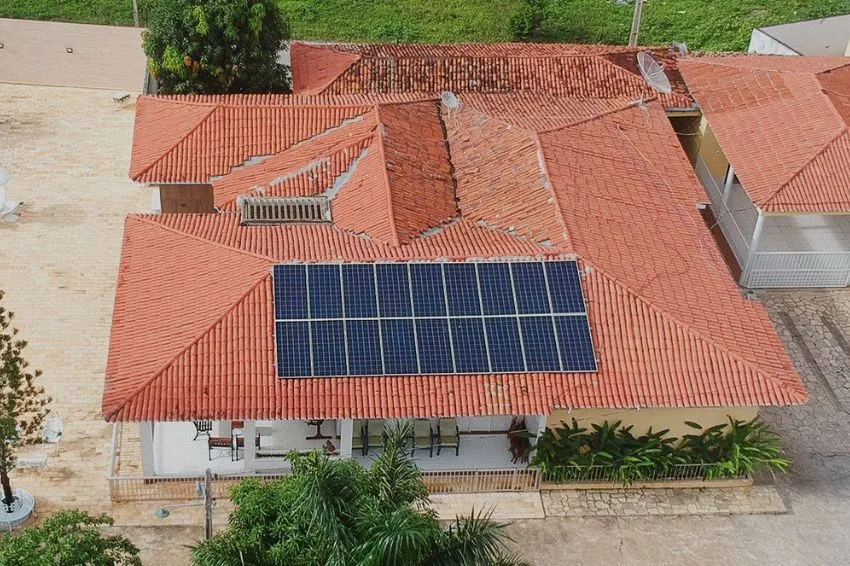

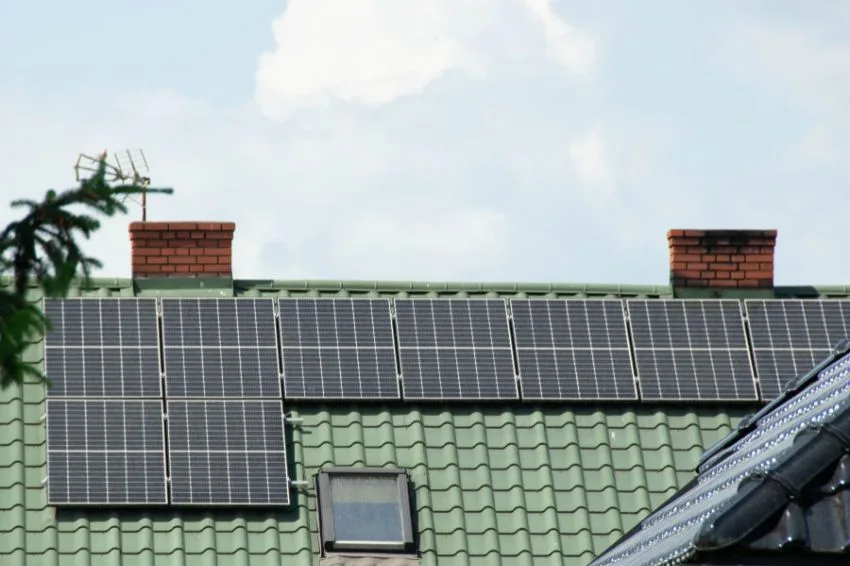
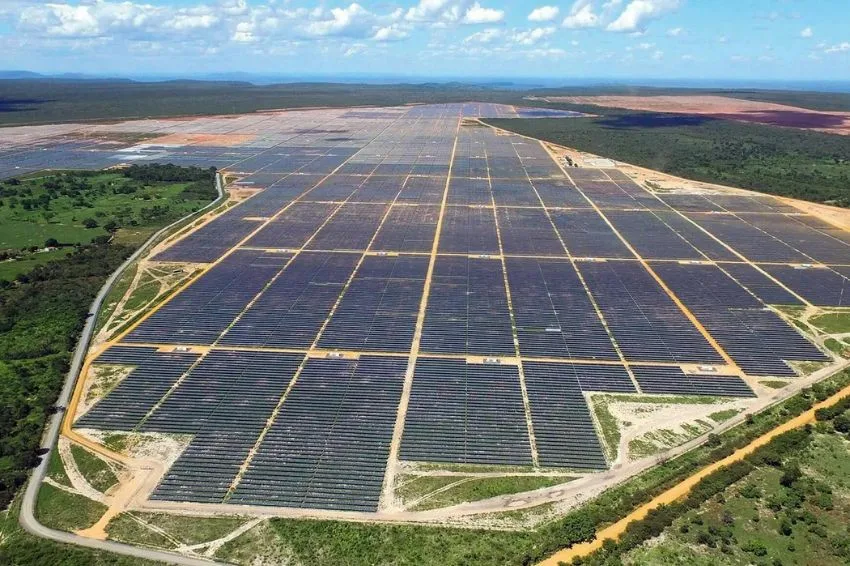







One Response
There is nothing to dispute. Just warn and ask the Brazilian government to create subsidies in order to encourage the use of renewable energy, especially solar. After all, we live in a tropical country, where the incidence of solar radiation favors us to grow in this direction for more and more use renewable energy.